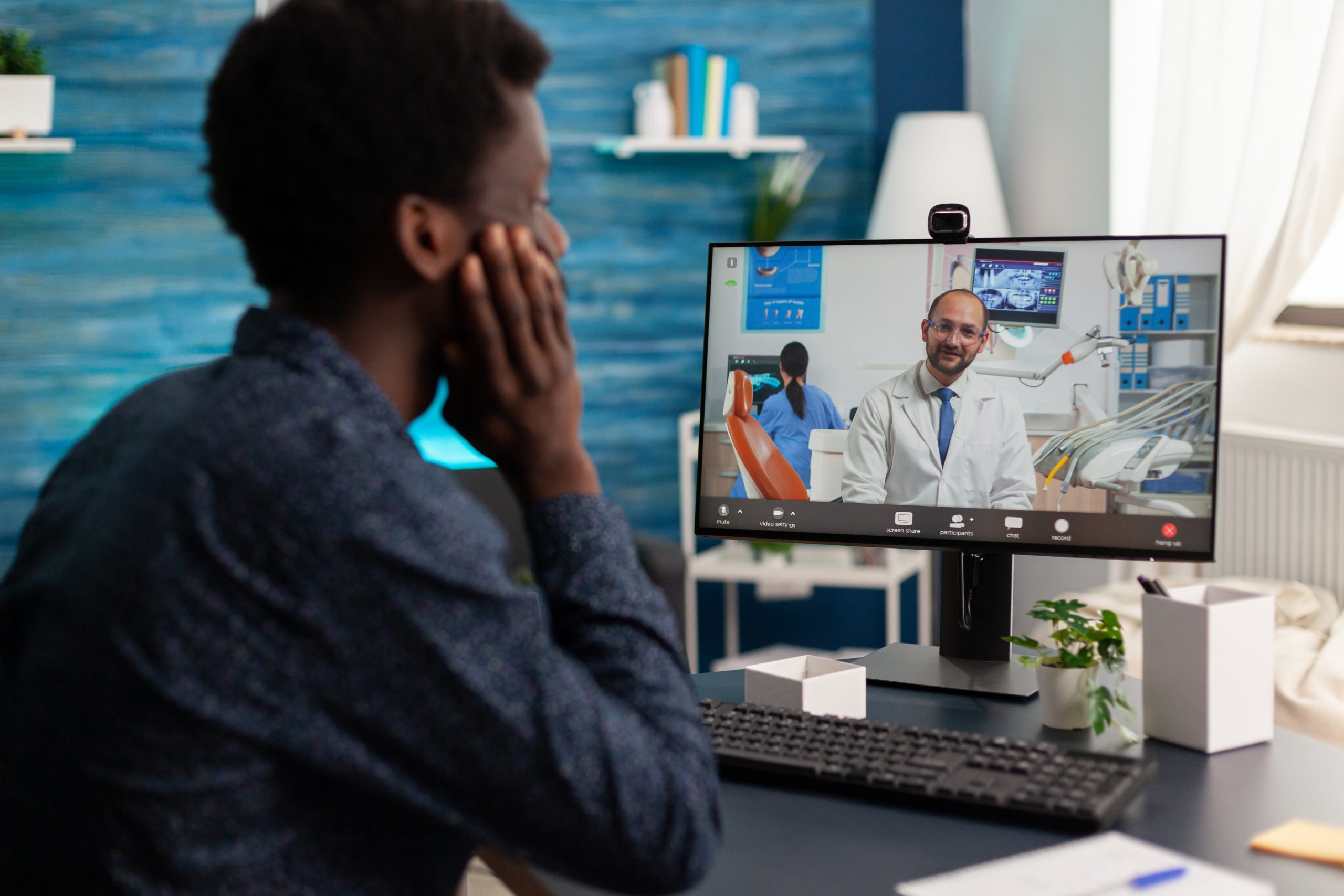
What Drives the Medical Tourism Market in 2025?
What compels someone to travel halfway around the world for a hip replacement or cancer therapy?

The rise of telemedicine has been one with consistent growth as consumers demand increased access and flexibility.
Furthermore, in the midst of a world created in the wake of COVID-19, easy and safe access to good health care is paramount and the demand for telemedicine has never been higher:


Telemedicine will continue to play an important role in healthcare for the short-term due to the COVID-19 pandemic, which also hastened its long-term adoption. For employers, telemedicine companies can help provide telemedicine as a benefit to your employees: A benefit employees are quickly coming to expect in our rapidly changing world.
Browse our curated list of vendors to find the best solution for your needs.
Subscribe to our newsletter for the latest trends, expert tips, and workplace insights!

What compels someone to travel halfway around the world for a hip replacement or cancer therapy?

Could telehealth be the transformative solution to skyrocketing healthcare costs in our digital era?

Beyond legal compliance, accommodating chronic illness in the workplace has become a strategic tool for companies to control costs and improve employee well-being.

Discover the global landscape of medical tourism, explore insights by country, cost savings, and future projections in healthcare travel.
Used by most of the top employee benefits consultants in the US, Shortlister is where you can find, research and select HR and benefits vendors for your clients.
Shortlister helps you reach your ideal prospects. Claim your free account to control your message and receive employer, consultant and health plan leads.